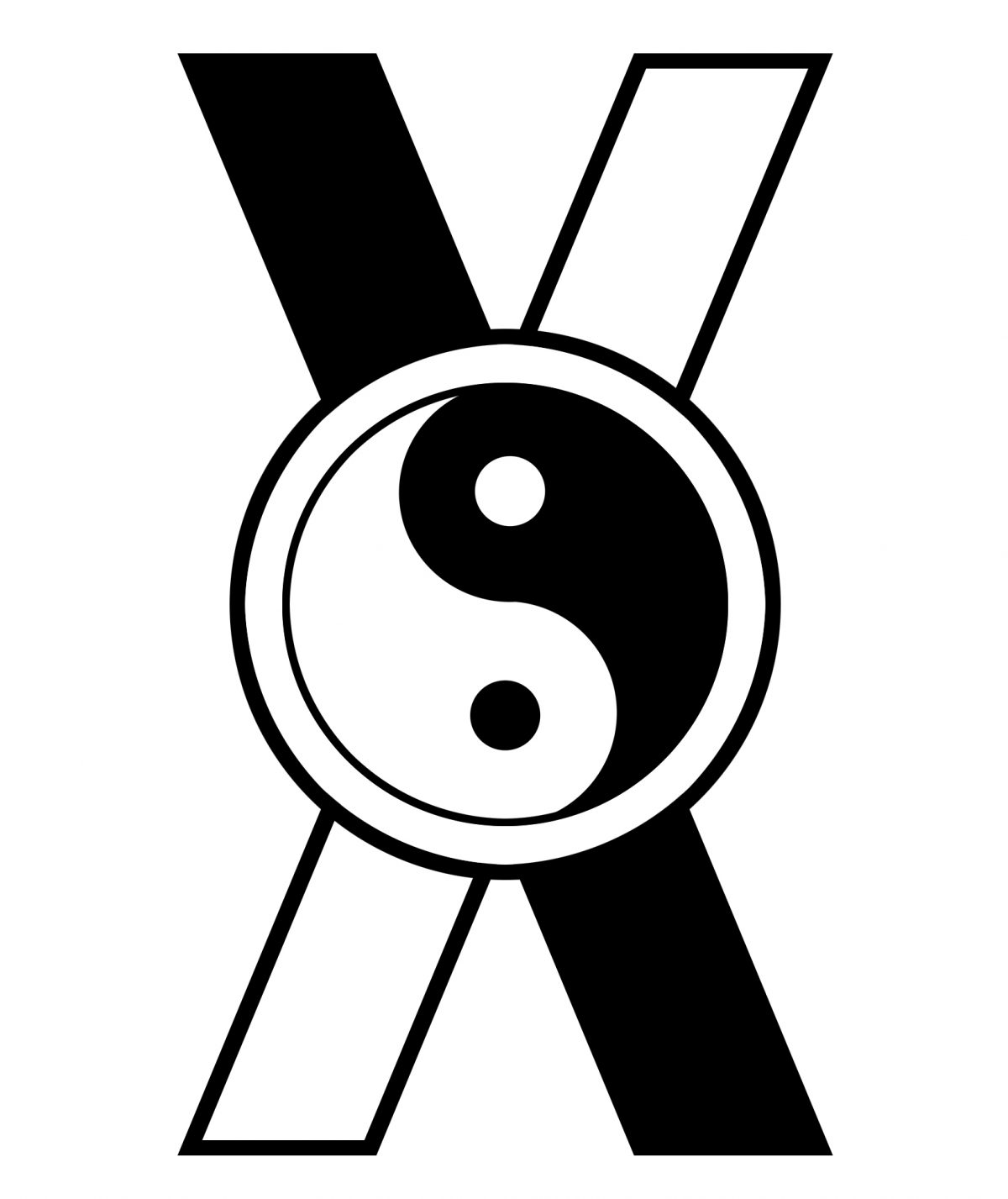As I write this America is awash in discussions of politics and religion. It is my sincere hope that when you read this you know I mean “in the past,” if you get my drift. It’s certainly not being written when it’s the past if you get my additional drift.
There’s an insecurity about religion in politics, at least in America. You can feel it as preaching politicians try to convince you they’re somehow divinely guided. You hear it in their voices and see it in their actions – a mix of unsure and too sure. Insecure confidence, where you wonder which side of the state came first.
So as I am prone to think about such things, I’ve begun to speculate as to why some of these religionists who supposedly have great faith are so insecure. Also the bastards keep wanting to tell me and mine what to do with our lives.
First,think that’s because when you mix religion and politics, you end up having to deal with politics. You have to deal with power blocks and publicity, bureaucracy and laws that are there no matter what you believe or want to believe. Or say you believe. Religion has to deal with politics (even if, say, religion predated politics) as soon as it gets involved.
It’s talk Divine Truth when you’re really thinking in voting blocks and power blocks. The very sphere you want to move your religion to – and inflict your religion with – challenges it.
Politics also has to deal with reality, no matter how often it avoids it. Politics, as many of us are aware, is already awash in insecurity. People have to explain why they should be elected, or stay in power, or be listened to. When challenged they may have to explain themselves – or crack down which means people just lie to them out of self-preservation. Either way if you’re not facing reality, someone is lying.
Bring religion into politics and religion also has to collide with reality – even if some religious folk are real good at dodging that reality. This all means that when you bring your religion into politics, it’s being challenged constantly, and a lot of religious folks don’t deal well with that. A lot of politicians aren’t so hot at it either, so you get a kind of double-punch of self doubt and insecurity.
I think those trying to mix religion and politics in America are facing constant challenges, and often respond with made up confidence and bravado. Confidence of course is easily challenged, leading, of course, to more insecurity. It’s no surprise you end up with plenty of supposedly spiritual people acting like dictators – even if they didn’t start that way.
(Though for my money, most of them do start that way, they just get worse.)
Now these thoughts apply to current America and it’s revelatory/monotheistic dominant religion and our media landscape. In an age of television preachers, cable TV, and social media everything is in our faces constantly. You can select your own reality, but also have it challenged if you step outside of your media bubble. If you’ve ever seen some host of, say, an extremely political news show try to desperately spin reality you know what I mean.
I suppose at some point it’d be interesting to explore religion and politics in areas non-Christian (and indeed non-Abrahamic) religions. Though obviously you know where my concerns lie . . .
